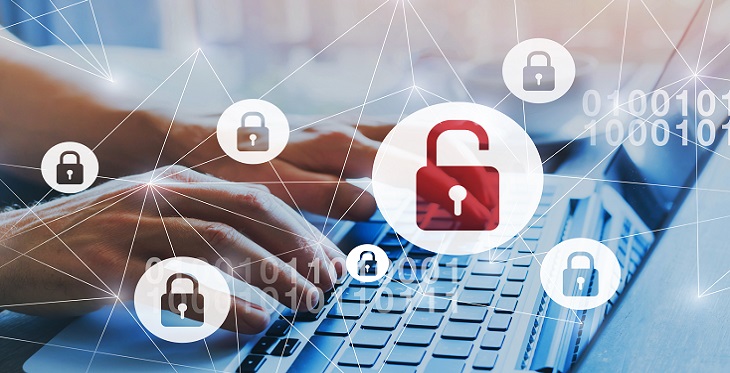Have you taken a moment recently to “Stop and Smell the Roses”? This simple but powerful saying reminds us to make time in our busy schedules to enjoy life and give thanks. Over the past 25 years, the Arizona Telemedicine Program (ATP) has had the privilege of serving Arizona by providing telemedicine education, training, and technology services. I’ve had the honor of being part of the ATP’s team for 23 of those years. ATP is thankful for the opportunity to collaborate with innovative, compassionate, dedicated healthcare professionals and organizations throughout Arizona. Below are some thoughts our colleagues have shared about what they are thankful for. We do hope you find these reflections uplifting and inspiring and that you too can take the time to stop, breathe and give thanks. From all of us at ATP, Happy Thanksgiving!
The Arizona Telemedicine Program Blog, Category: mHealth
The Covid-19 pandemic thrust telehealth into the mainstream as it posed a potential solution for people to still seek healthcare while safely remaining inside their homes. As the public health emergency heads into its third year, many states are seizing the opportunity to update their telemedicine policy and make several telemedicine expansions permanent. One such expansion is audio-only telehealth visits, which are those conducted over the phone, and do not include a visual component.
In recent years there has been an increase in hacking in the general marketplace and in particular Healthcare because of legacy systems and established well known vulnerabilities. There have been several large healthcare organizations over the last three years that have been affected by Ransomware attacks and it’s been widely publicized in the media. One key reason for these attacks is that organizations do have the right tools and layered security in place. It is not known whether the potential for Ransomware and other security attacks is more prevalent or likely with increased use of telemedicine, but it certainly is a concern many have expressed and may contribute to unwillingness to engage in telehealth activities.
Interacting with patients while they are in their familiar home surroundings is much more common today than it was 2 years ago. In fact, 70% of patients have the option for a telehealth visit as a criterion for selecting a primary care provider. The most common home telehealth encounter is done using videoconferencing technology. Most commonly, the provider (or their staff) who has scheduled the meeting emails a link to the electronic meeting platform to the patient. A tablet, smartphone, laptop or desktop computer can be used, but only if it has a camera. In the true sense of the word, the encounter is often a meeting and not an assessment. However, in general, the purpose of the encounter is to assess the condition of the patient. There is a greater emphasis on using the visual capabilities of the camera and the skills of the provider to transform the meeting to into an assessment as necessary.
Telepharmacy at a glance
As a transformative force in the recent telehealth frontier, pharmacists have contributed significantly to patient and public health outcomes using telecommunication technology.1
Pharmacist adoption of telehealth models has greatly extended the impact of their services and has been associated with improved readmission rates, cost-savings, and medication safety.2-4 Specifically, integration of telehealth into medication therapy management (MTM) care, and recently into new models of enhanced MTM, has further enabled pharmacists to identify and address access, cost, health literacy, and transportation barriers that affect medication adherence.1,5-7




